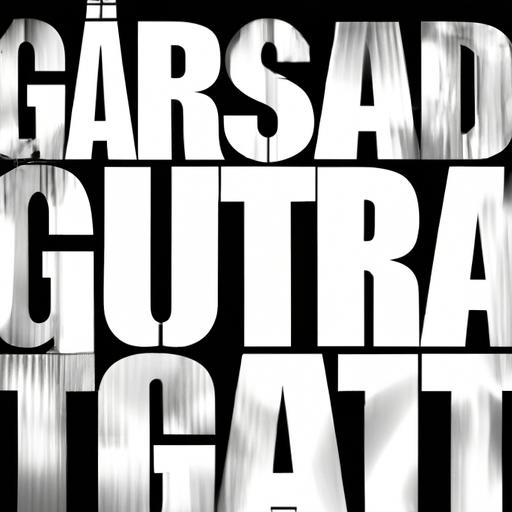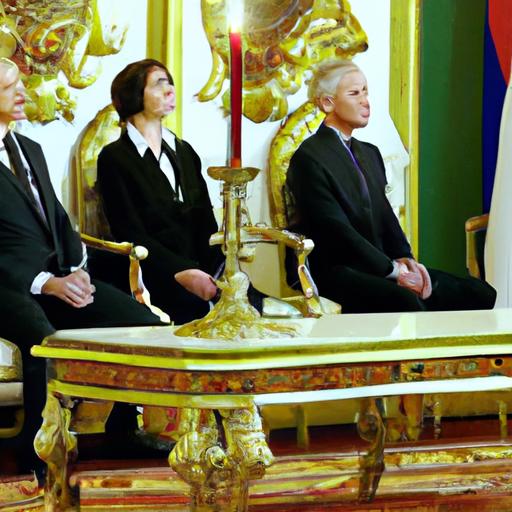The phrase “rules are meant to be broken” takes on a whole new meaning when it comes to Liz Truss, the UK’s Secretary of State for International Trade. With a bold declaration that she doesn’t believe in guardrails, Truss is shaking up conventional thinking and challenging the status quo. Let’s delve into her unconventional approach and see where it leads.
The Libertarian Approach: Liz Truss and Her Opposition to Guardrails
Liz Truss, a staunch advocate for libertarian principles, has recently made waves with her bold stance against government intervention in the form of guardrails. In a recent interview, Truss stated, “I don’t believe in guardrails – they only serve to limit individual freedoms and stifle innovation. People should be free to take risks and make their own choices without the heavy hand of government regulation.” This perspective has sparked controversy among politicians and the public alike, with many questioning the potential consequences of such a laissez-faire approach.
Truss’s position aligns with classic libertarian values, emphasizing personal responsibility and minimizing government interference in all aspects of life. By rejecting the idea of guardrails, she is pushing for a society where individuals are free to navigate their own paths, even if it means facing the consequences of their decisions. While some may see this as reckless or dangerous, others applaud Truss for her commitment to individual liberty and limited government control.

Examining the Risks: Potential Consequences of Liz Truss’ Guardrail-free Philosophy
With Liz Truss’ dismissal of guardrails, the potential consequences are vast and concerning. Without these safeguards in place, we are left exposed to a wide range of risks, both in terms of individual safety and overall societal well-being. The absence of guardrails means a lack of protection and guidance, leaving individuals vulnerable to making harmful decisions without any barriers to prevent them from veering off course.
Furthermore, without guardrails, there is a greater likelihood of chaos and disorder. Society relies on boundaries and rules to maintain order and stability, and without these safeguards, there is a higher risk of accidents, conflicts, and detrimental outcomes. Liz Truss’ guardrail-free philosophy raises important questions about the balance between freedom and responsibility, and the potential consequences of prioritizing one over the other.

Navigating the Debate: Balancing Individual Freedom with Public Safety
Liz Truss, the UK’s Justice Secretary, recently made headlines with her bold statement that she doesn’t believe in guardrails when it comes to balancing individual freedom with public safety. Truss emphasized the importance of personal responsibility and trust in citizens to make informed decisions, rather than relying on the government to impose restrictive measures.
Truss’s stance has sparked a heated debate among policymakers and the general public. While some applaud her commitment to upholding individual liberties, others raise concerns about the potential consequences of removing safety nets. The challenge remains in finding a middle ground that respects personal freedoms while ensuring the overall well-being of society. It seems that the conversation on navigating this delicate balance is far from over.

Moving Forward: Recommendations for a Balanced Approach to Governance
When it comes to governance, Liz Truss has made her stance clear – she doesn’t believe in guardrails. Instead, she advocates for a balanced approach that allows for flexibility and innovation while still maintaining a level of accountability and oversight. This means finding a middle ground between strict regulations and complete laissez-faire attitudes.
One approach that could strike this balance is to foster a culture of transparency within government agencies. By promoting open communication and accountability, decision-makers can ensure that policies are implemented fairly and effectively. Additionally, implementing regular audits and evaluations can help identify areas for improvement and prevent potential abuses of power. Ultimately, a balanced approach to governance requires a commitment to adaptability, accountability, and transparency in order to effectively serve the needs of the people.
Wrapping Up
As Liz Truss continues to push boundaries and challenge conventional thinking, her stance on guardrails serves as a metaphor for her bold and daring approach to politics. Whether you agree with her views or not, one thing is certain - Liz Truss is not one to be constrained by traditional norms. As the political landscape evolves, it will be interesting to see how her beliefs shape her actions and decisions in the days to come. Stay tuned for more updates on the fearless leader who refuses to abide by guardrails.


